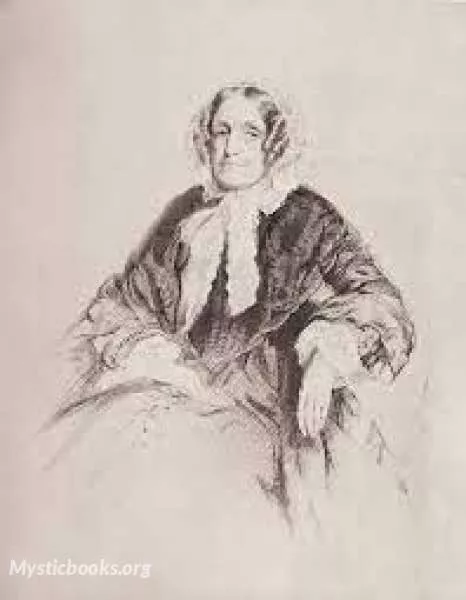
Timeline
Title
Country/Nationality
Jane Marcet
Jane Marcet was an English salonnière of Swiss origin, and an innovative writer of popular, explanatory science books. She also broke new ground with Conversations on Political Economy (1816), which explains the ideas of Adam Smith, Malthus and David Ricardo.
Jane Marcet was born in London on 1 January 1769, one of twelve children of a wealthy Genevan merchant and banker, Anthony Francis Haldimand (1740/41–1817), and his wife Jane (died 1785). She was educated at home with her brothers. Her studies included Latin (essential for the sciences), chemistry, biology and history, as well as topics more usual for young ladies in England. Jane took over the running of the family at age 15, after her mother's death. She managed the house and helped to bring up her younger siblings. Her younger brother William Haldimand (1784–1862) became a director of the Bank of England and a member of Parliament. She also acted as her father's hostess, helping to entertain frequent parties of scientific and literary guests. Jane developed an early interest in painting during a visit to Italy with her father in 1796, and studied with Joshua Reynolds and Thomas Lawrence. Her artistic training later enabled her to illustrate her books.
Jane was married in 1799 to Alexander John Gaspard Marcet (1770–1822), a political exile from Geneva, Switzerland who graduated from medical school at the University of Edinburgh as a physician in 1797. After their marriage, the Marcets continued to live in London. They had four children, one of whom, François Marcet (1803–1883), became a well-known physicist.
Alexander was strongly interested in chemistry, and became a lecturer at Guy's Hospital in London and a Fellow of the Royal Society. When Jane became interested in learning more about chemistry, they conducted experiments together in a home laboratory, discussing the scientific principles involved.
The Marcets were part of a literary and scientific social circle that included many leading writers and scientists such as Mary Somerville, Henry Hallam, Harriet Martineau, Auguste Arthur de la Rive and Maria Edgeworth. Novelist Maria Edgeworth described their home, with its lively, intelligent children and welcome for visitors, in her letters. One of Edgeworth's anecdotes gives a vivid picture of the Marcet family and its scientific and social activities:
"We came here last Friday, and have spent our time most happily with our excellent friend Mrs. Marcet. His children are all so fond of Dr. Marcet, we see that he is their companion and friend. They have all been happily busy in making a paper fire-balloon, sixteen feet in diameter, and thirty feet high. A large company were invited to see it mount."
Jane and her father were close throughout their lives, and he lived with his daughter and her husband after their marriage. After Jane's father died in 1817, she received a substantial legacy which enabled Alexander Marcet to devote himself full-time to chemistry, giving up his medical practice. Alexander, in his turn, understood and supported his wife's need for intellectual engagement and productive work.
Books by Jane Marcet

Mary's Grammar
Mary's teacher has taxed her with the task of learning that most onerous of all parts of the English language: Grammar. Through stories and practical exercises, Mary's mother shows her that it's really not as hard as she thinks. Join us on this delig...

Mary's Grammar: Interspersed with Stories and Intended for the Use of Children
In 'Mary's Grammar', Jane Marcet introduces grammar to children through a charming narrative. Mary, a young girl, struggles with the complexities of grammar, but her mother, a patient and skilled teacher, employs engaging stories and practical exerci...

Eyes and No Eyes and Other Stories
This charming collection of stories is designed to encourage young readers to develop their powers of observation and appreciate the wonders of the world around them. Through the adventures of two young boys, William and Robert, children will discove...